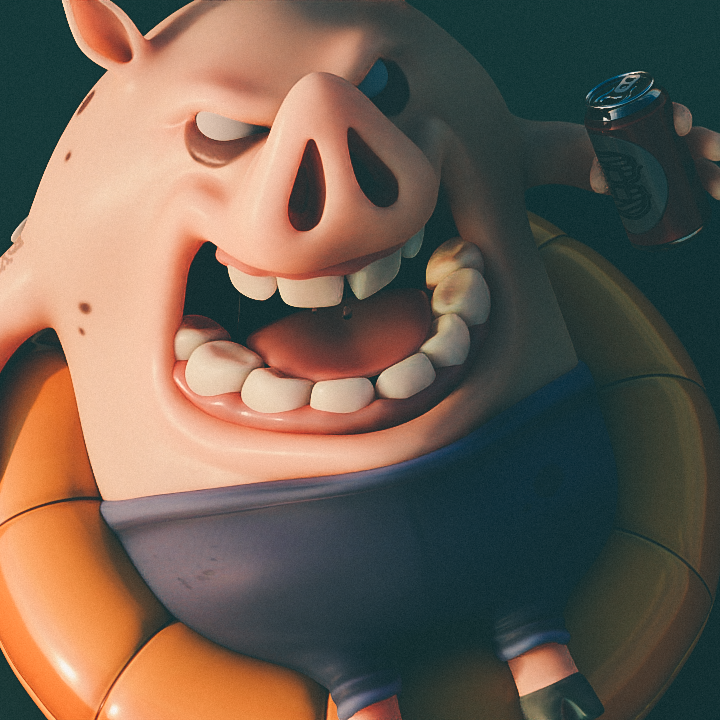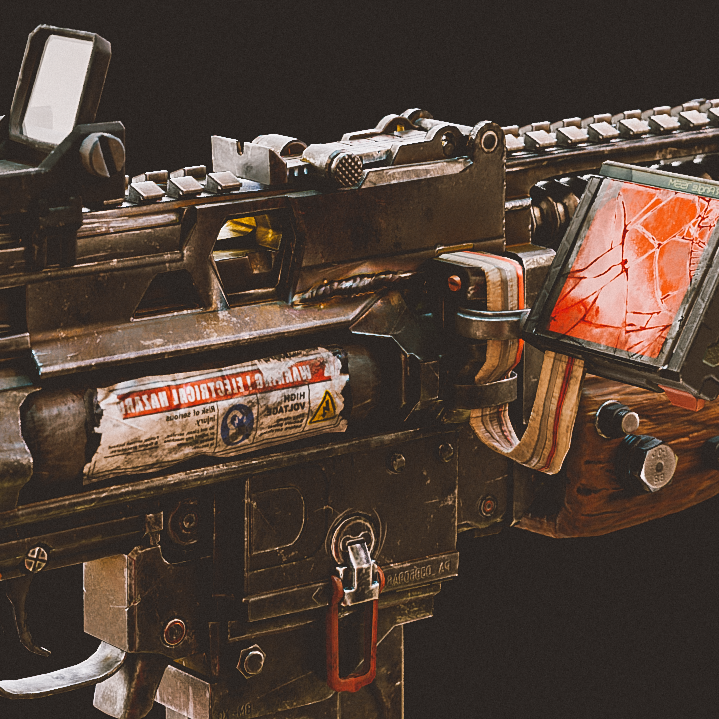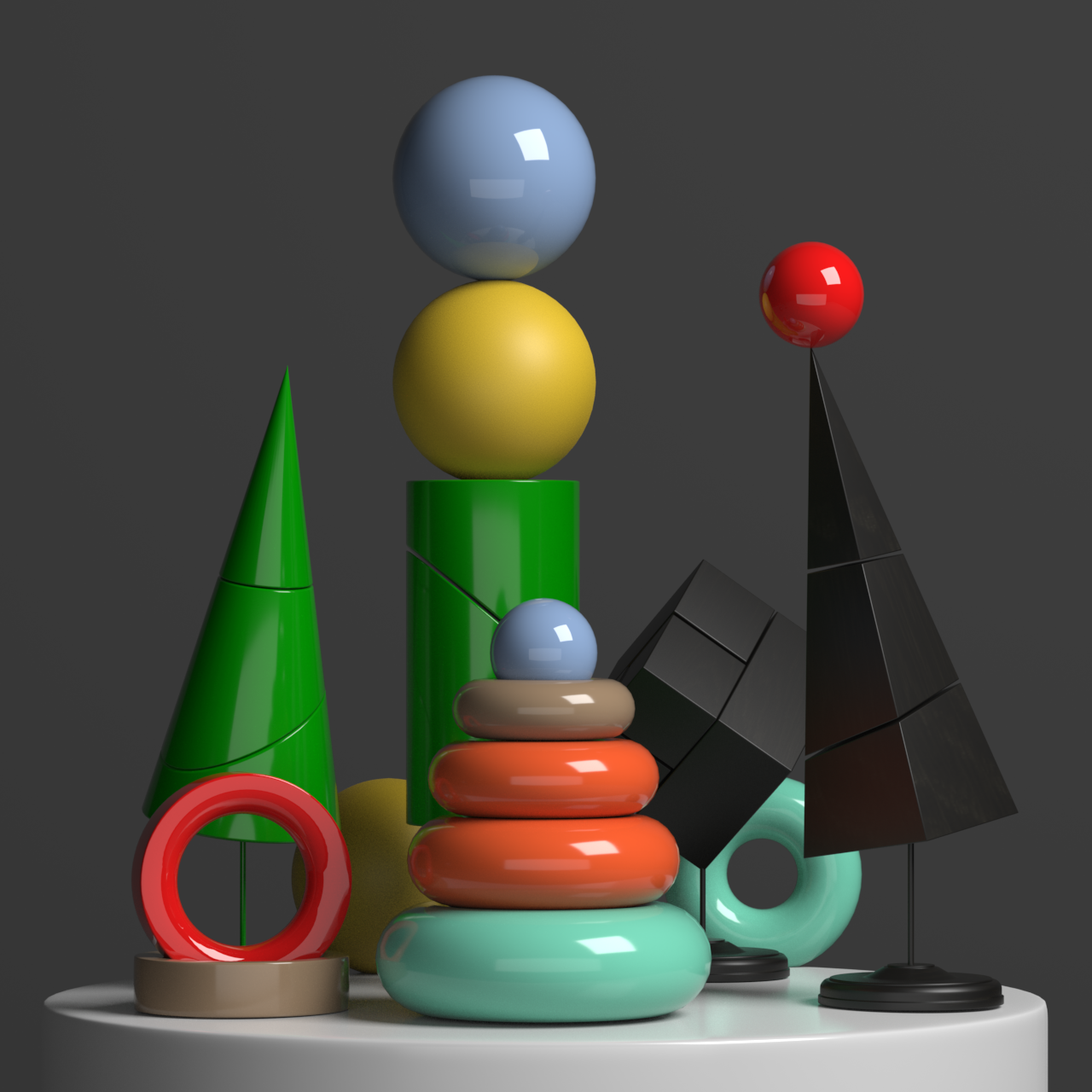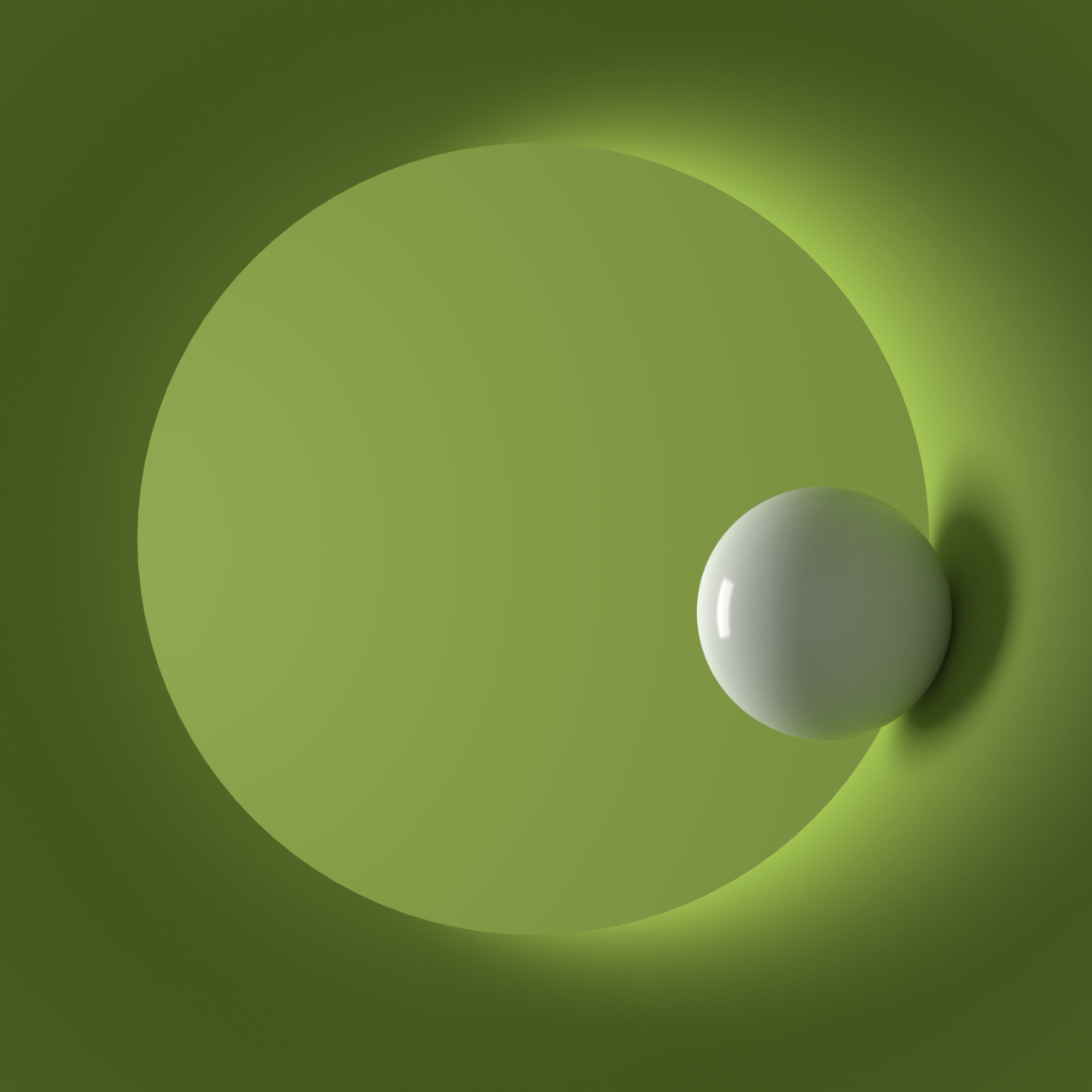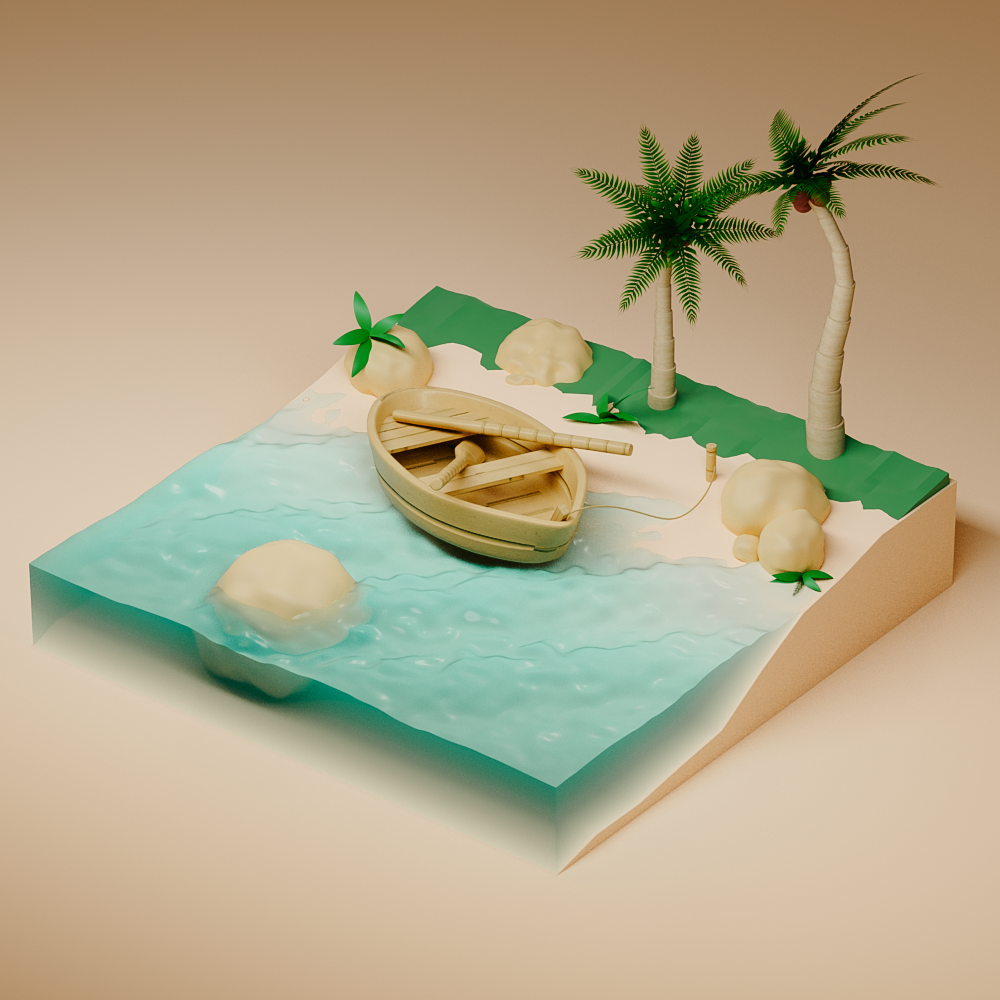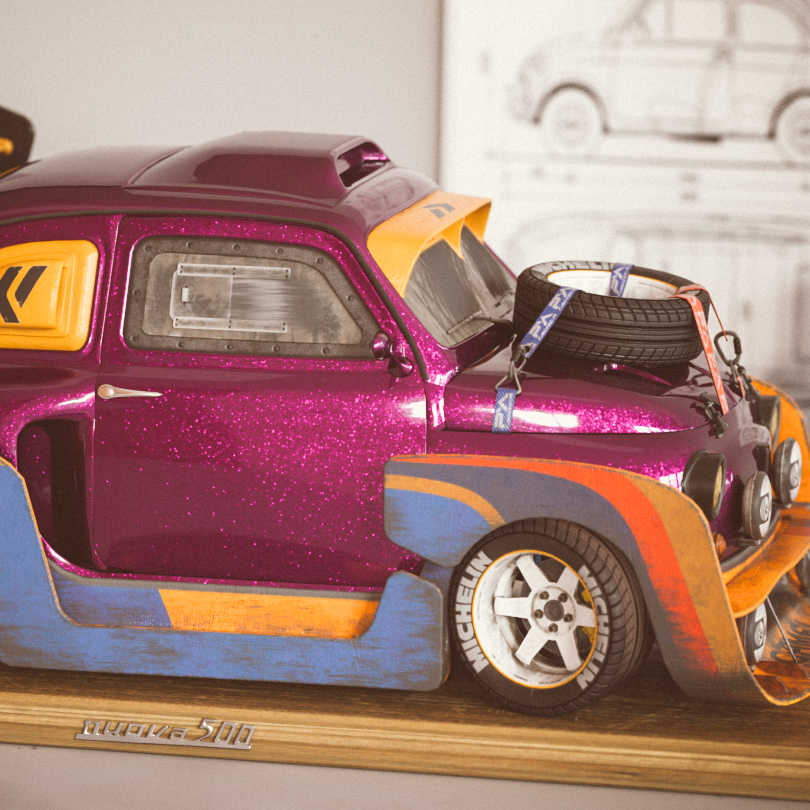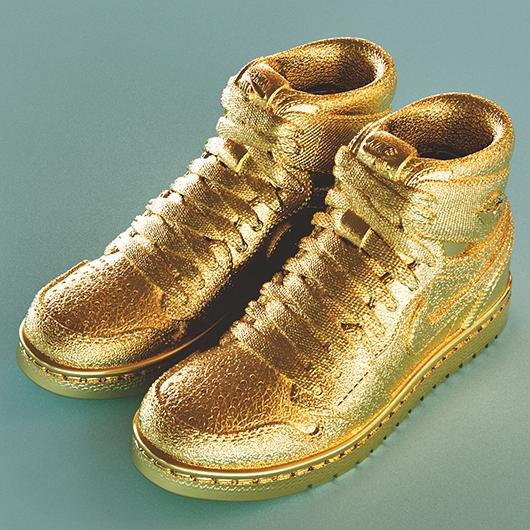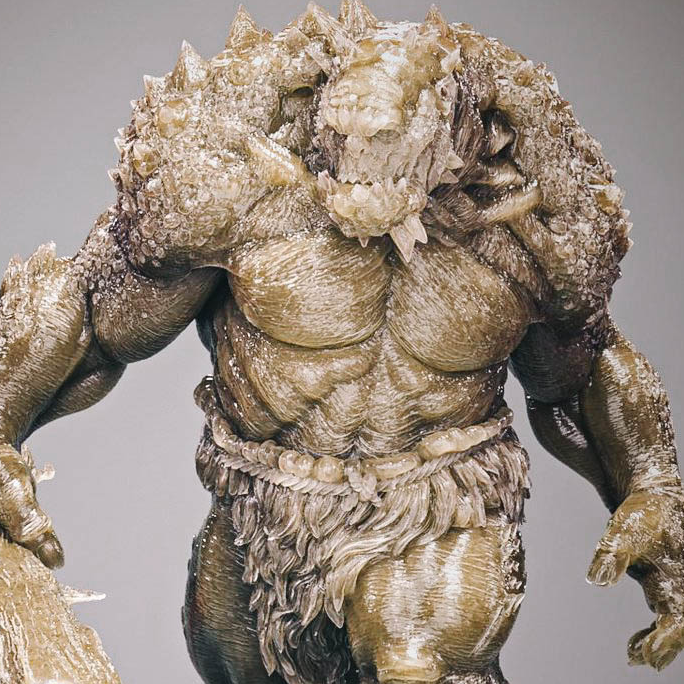Skin Layers
SkinLayers material is a three layers SSS dipole implementation in the style of the old alSurface material with added features like ‘peach fuzz’ reflections and ad-hoc params to better control overall sss appearance. Works great for anything releated to subsurface scattering and remains super easy and intuitive to use. Here for this Judge Dredd’s caricature[…]

